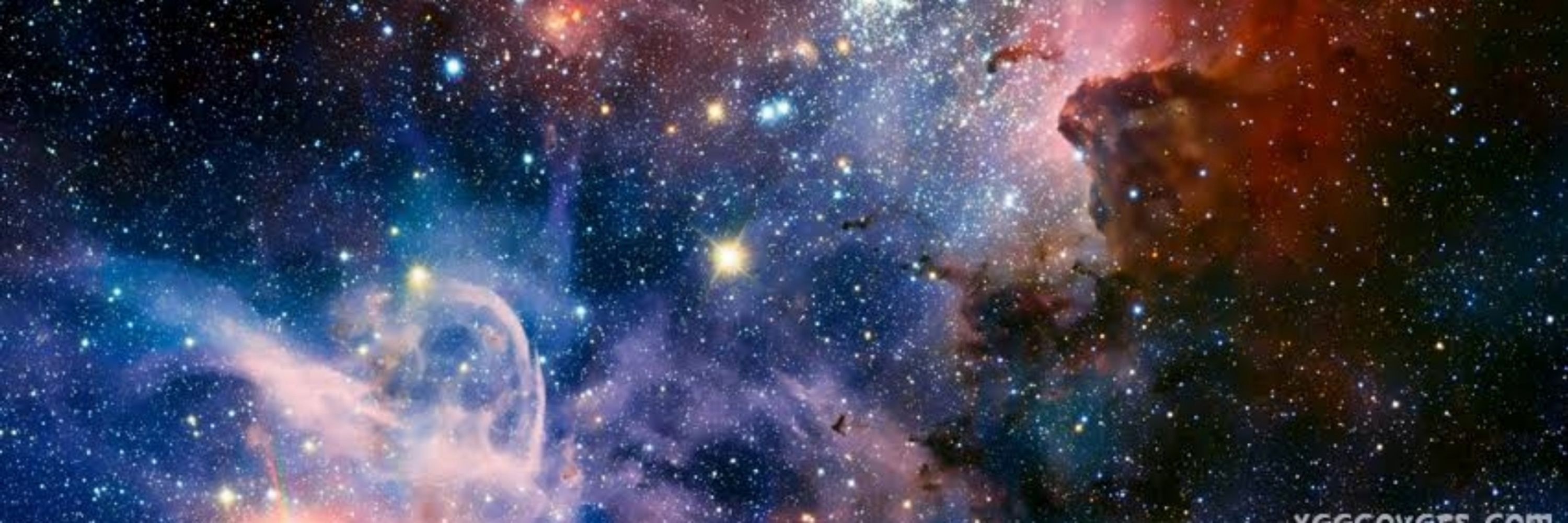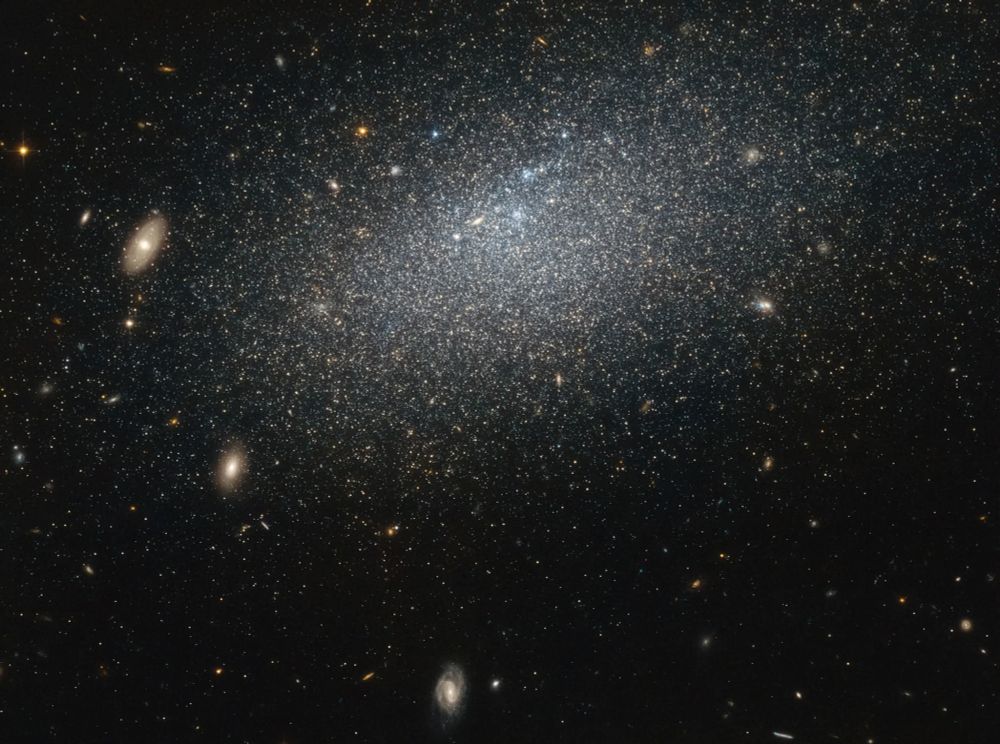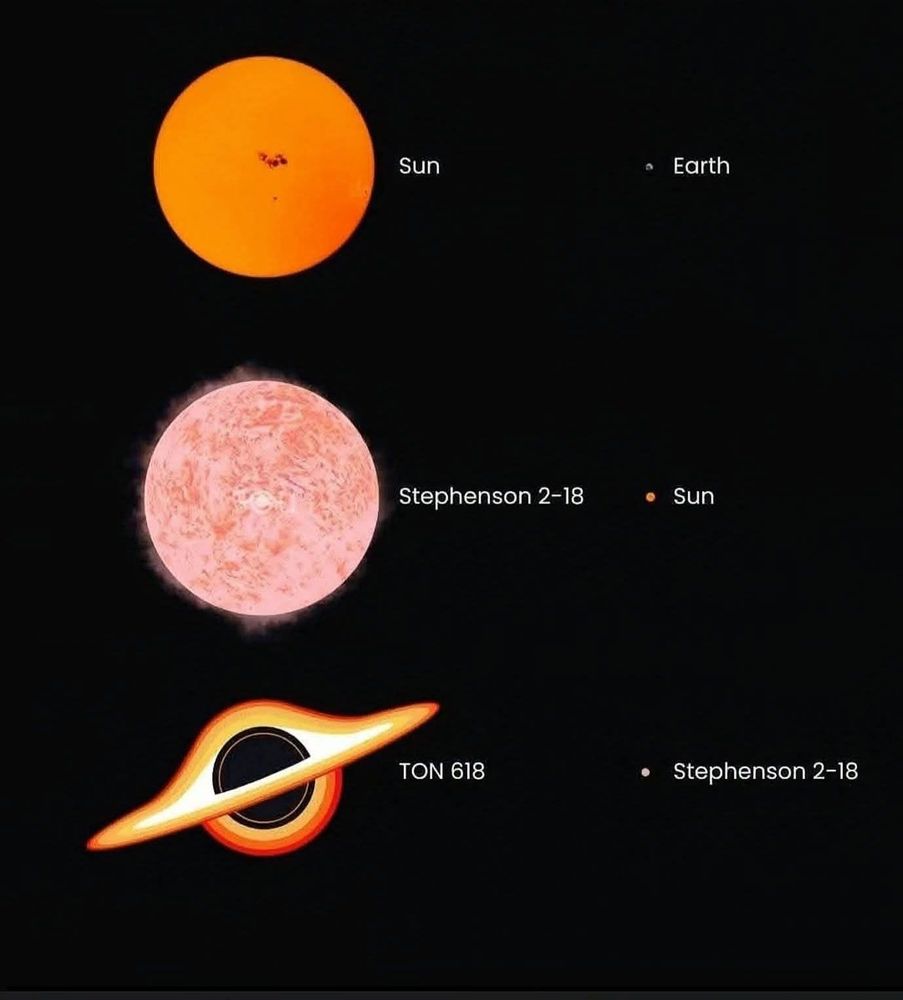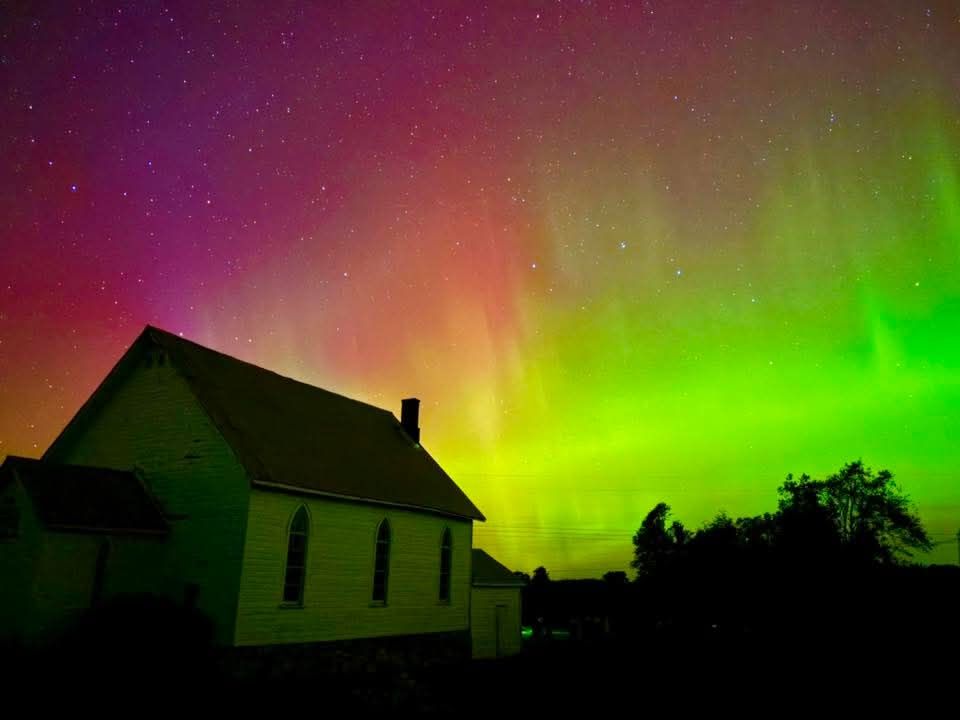Universe
@universespace.bsky.social
17K followers
1.5K following
270 posts
Wellcome to the Universe. It includes all of space, and all the matter and energy that space contains.Earth and the Moon are part of the universe, as are the other planets and their many dozens of moons.
Posts
Media
Videos
Starter Packs






























